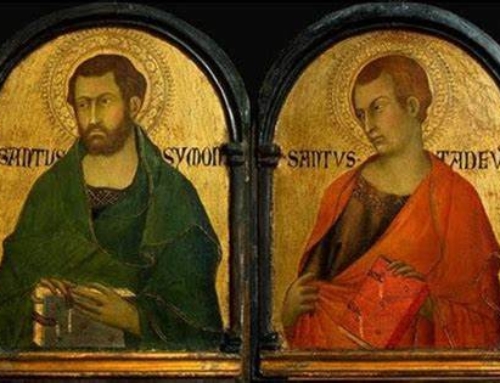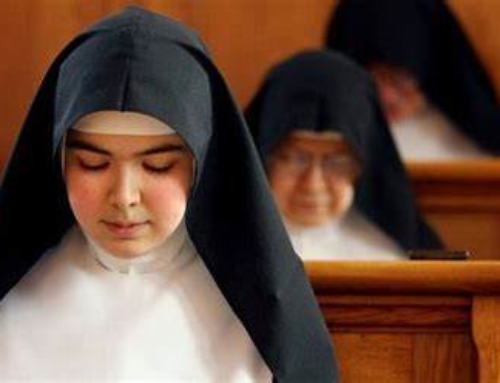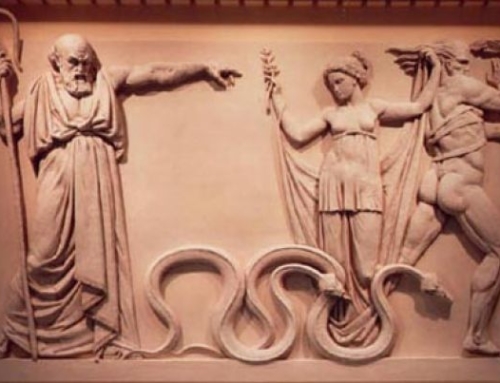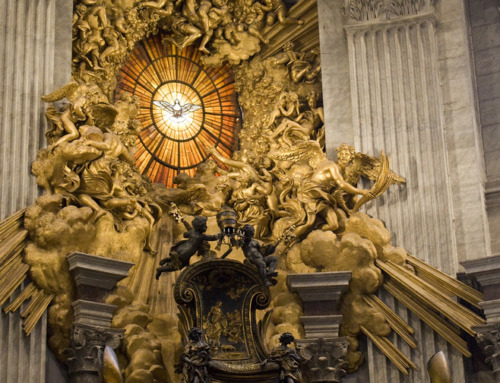A prophet is not necessarily someone who has a supernatural vision of the future. He may simply be a person who can see certain trends in the present, understand the underlying issues and therefore attempt to predict how things may go in the future.
Here are some trends I see in the American Church and how I see the future developing. The first thing is the disintegration of denominationalism. It used to be that the different Protestant groups were distinct in their theology and their style of worship. There were boundaries. You pretty much knew what to expect in a Southern Baptist Church, a Methodist Church, Lutheran, Presbyterian or Episcopal. There were clear distinctions theologically and culturally and historically.
The boundaries are disappearing fast. In all Protestant churches there is a kind of post-modern pick and mix attitude. The old distinctive markers are falling and a new experimental attitude is taking place. So a relative of mine, a young Baptist minister, enthusiastically claims to “read all those guys” meaning that he avidly reads Anglican, Catholic, Baptist, Independent and classical Lutheran and Methodist theologians. He and his generation are also open to all sorts of worship styles. Their attitude is shared by the younger generation of Evangelicals in all denominations. People are no longer Methodist or Presbyterian or Baptist for life and for clear theological reasons. Instead they gravitate to a church that suits them and their lifestyle. Utilitarianism and market forces reign supreme.
The two trends within the Protestant churches seem to be toward free “mega church” type worship which conforms to the trends in society or a reaction against that to move toward “liturgy”. So a neighbor who goes to a conservative Presbyterian church likes to tell me how “liturgical” they are. They observe Advent and Lent and Ash Wednesday. They light candles on the “altar” when they “celebrate communion” and every once in a while they have “Choral Evensong.” Another friend tells me he goes to a Baptist Church that is “very liturgical.”
I predict that the disintegration of denominationalism will continue and that trends within the Catholic Church will converge with what is happening within Protestantism to produce some very interesting and new configurations.
As the “cultural Catholics” who were leaders in the seventies and eighties continue to die off, their children will be less likely to practice the Catholic faith. As it becomes increasingly odd to be a “faithful Catholic” in our society–even leading to persecution and isolation, the Catholics without any backbone will simply stop being Catholics. If they did not have enough faith and courage to send their children to Catholic school and take the teachings of the church seriously, then if hardship comes, they will melt away.
At the same time the Catholics who remain will have the fervor and dedication of the faithful Protestants who have been moving in a liturgical direction. These Protestants are looking not only for liturgy, but for the historic church–the apostolic church. They will be increasingly attracted to the Catholic faith and as they Catholic church population shifts in a more committed direction they will feel more at home there.
This is where the new Ordinariate of the Chair of St Peter may play a very crucial role. As an increasing number of Protestants explore the liturgical and historical church they will be looking for a church that is faithful to the Scriptures, faithful to the historic liturgy, faithful to the magisterium and ready to show forth a committed, radical kind of Catholicism fully committed to the new Evangelization.
The short version: two vibrant forms of Christianity will emerge in the United States–a free flowing, relevant and ‘cool’ kind of personalistic Pentecostalism and a renewed and revitalized and young Catholicism. The others will fade away.
But I may be wrong. I’m not really a prophet…






Leave A Comment
You must be logged in to post a comment.